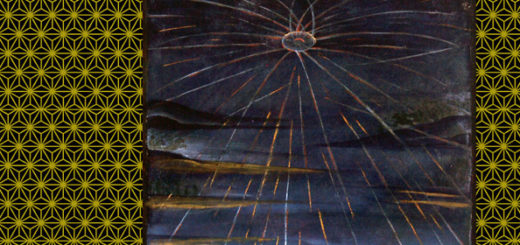The Piano’s Role

If a movie doesn’t ever let you forget that it’s a movie, but keeps making you wonder how anyone could decide to cast, costume, and direct a scene as he has, you are probably justified in deciding it’s a bad movie. How could anyone cast Audrey Hepburn as a Kiowa Indian? How could Burt Lancaster — inevitably the hero — represent a character who is still a hero at the end of the movie, even though he’s killed dozens of ostensibly peaceful human beings to defend a lie, and this well after the moment when it has been exposed as a lie? How can a grand piano be transported by horse-drawn wagon from Wichita to the Mexican border and still be in tune?
The Unforgiven, directed by John Huston way back in 1960, is truly hard to forgive — implausible, sexist, racist, and overcomplicated. And yet, there is one moment of unintentionally comic genius I will never forget, namely the battle between piano music of the German classical period and Kiowa flutes. A battle. Seriously! Ben (Burt) introduces the scene by referring to piano music as “magic of our own,” the antidote to the rhythmic flute music drifting across from the Indian camp on the other side of the river. Up to that point, his reasons for having lugged a grand piano halfway across the country had been pretty mysterious, for apart from an initial flurry of astonishment, no one in the family seemed to care very much. Rachel (Audrey, cast as Ben’s sister for the credulous) doesn’t know what the thing is (she’s an Indian, remember) and even his mother, who can play it, hardly does, at least not until it’s time for the magic. Then she plays, of course, and even chooses what to play — was it Mozart? In the end, it doesn’t matter a lot — whatever it is just needs to be played with ferocity and determination. And it needs to be played on a piano, that great awkward, majestic emblem of European culture.


